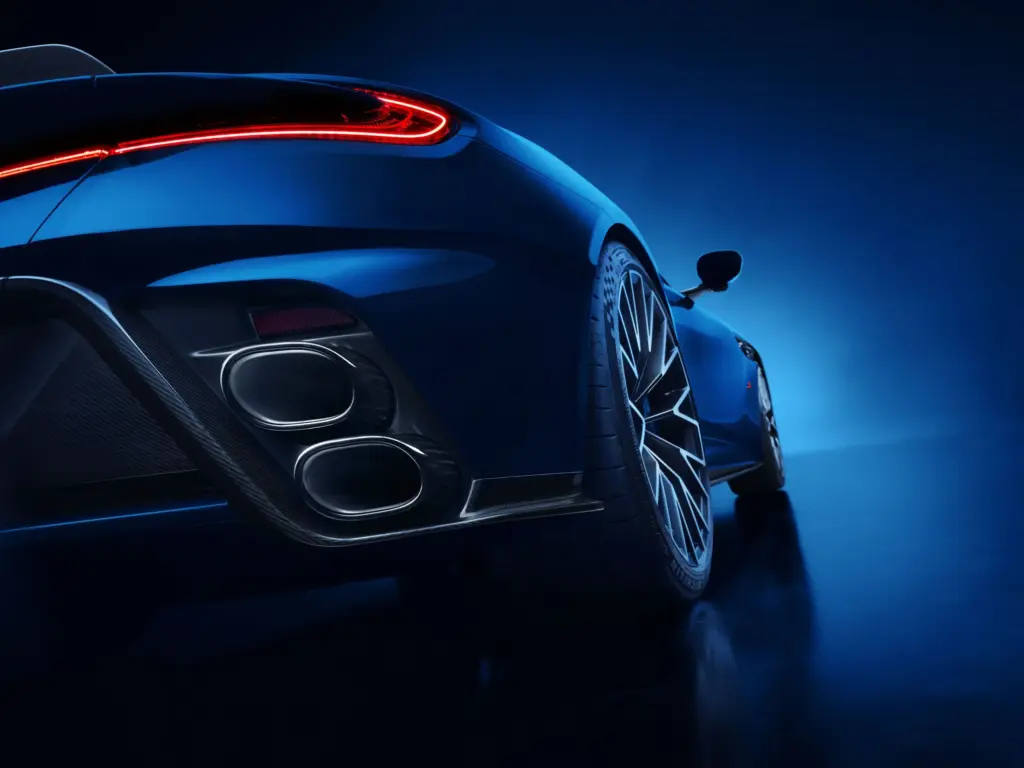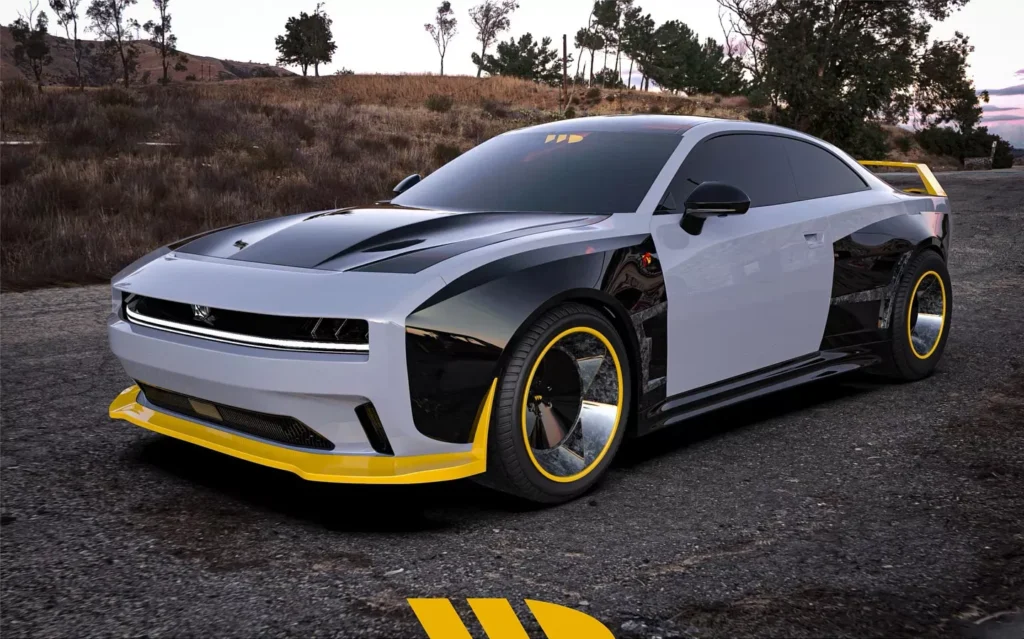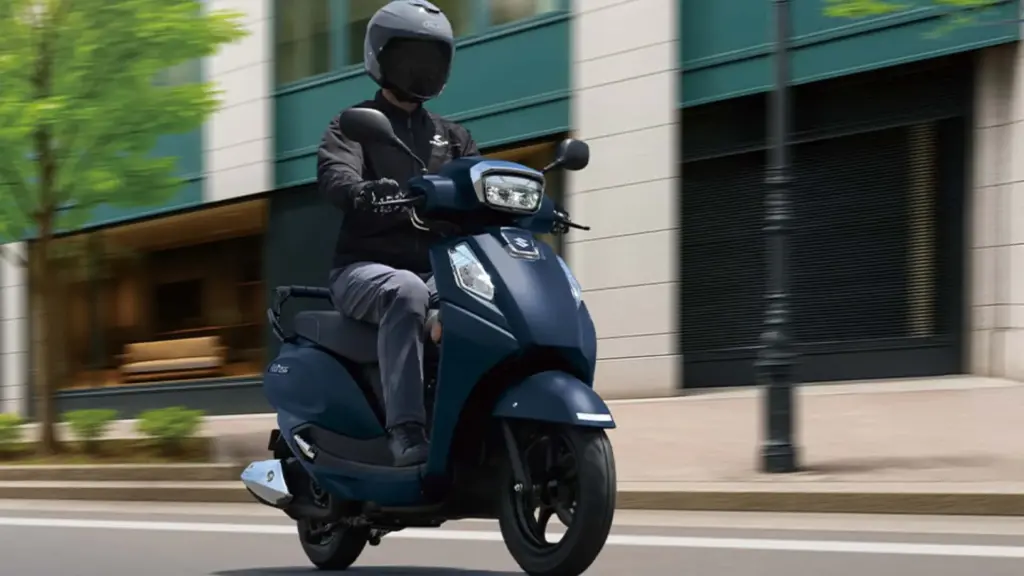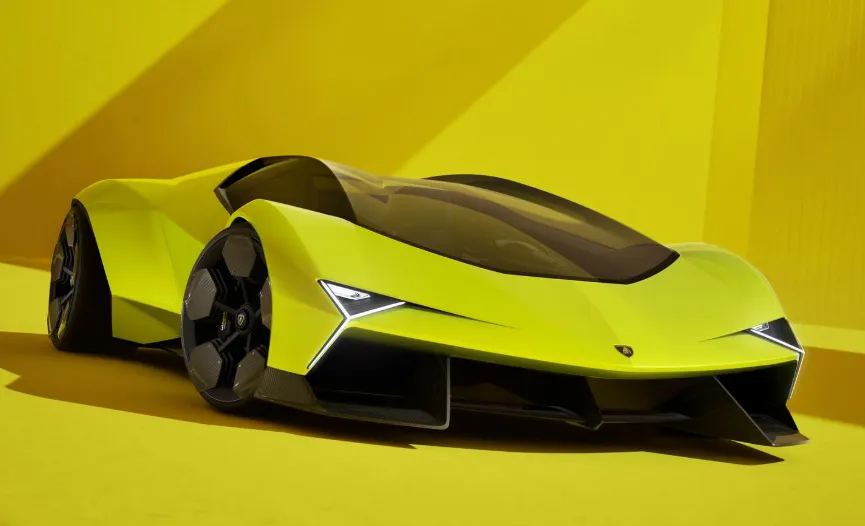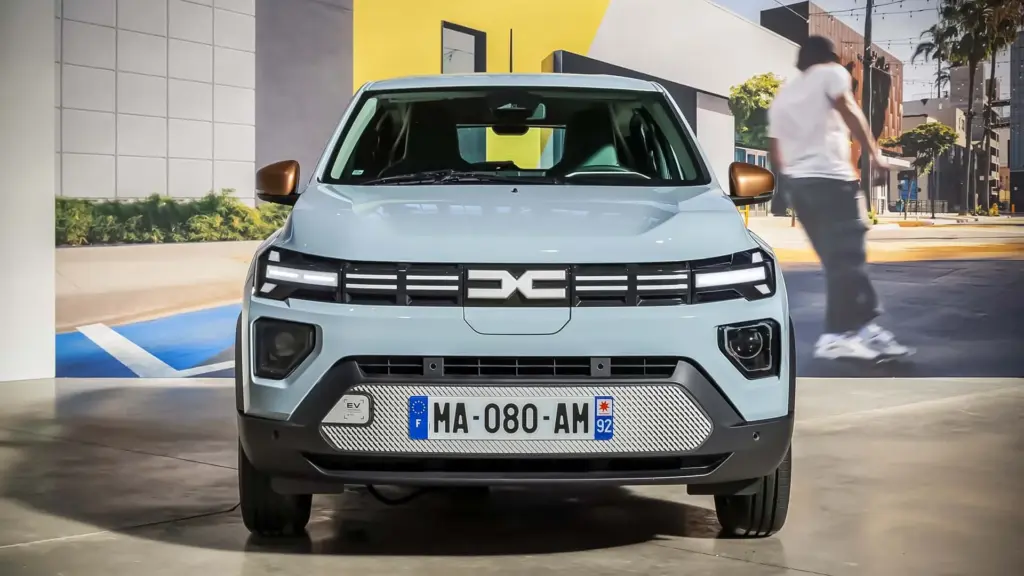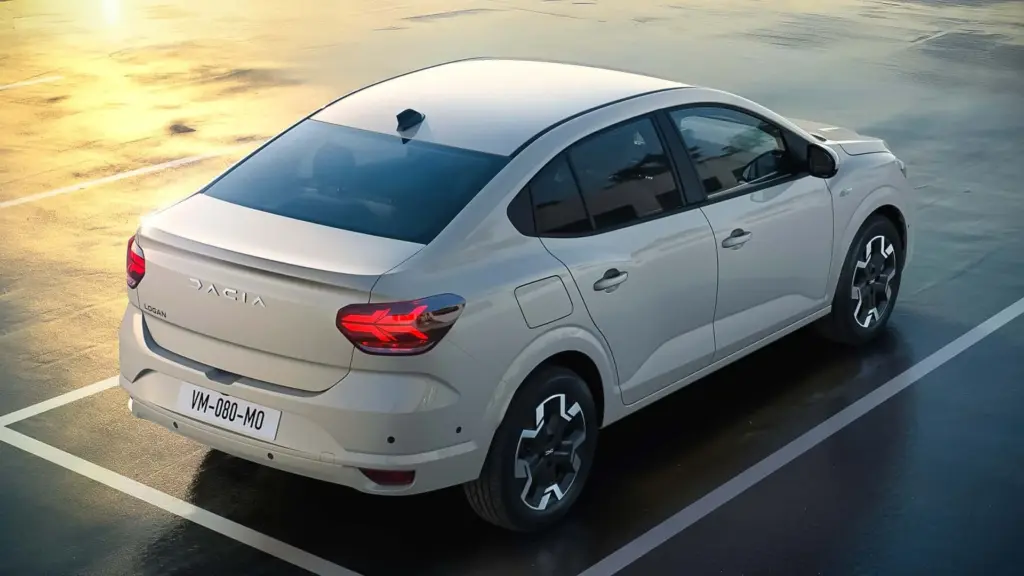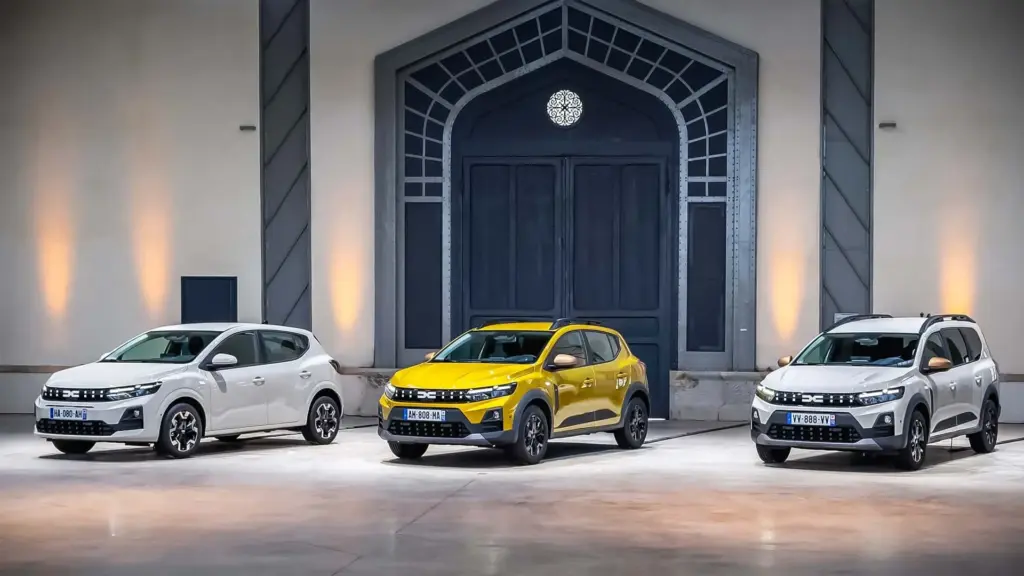In an automotive market where vehicle prices, especially electric ones, seem to be constantly rising, Tesla surprises by announcing new “Standard” variants for its popular Model 3 and Model Y. The electric vehicle giant is adopting a “less is more” approach, selectively removing some features and optimizing engineering to offer its best-selling models at significantly lower prices.
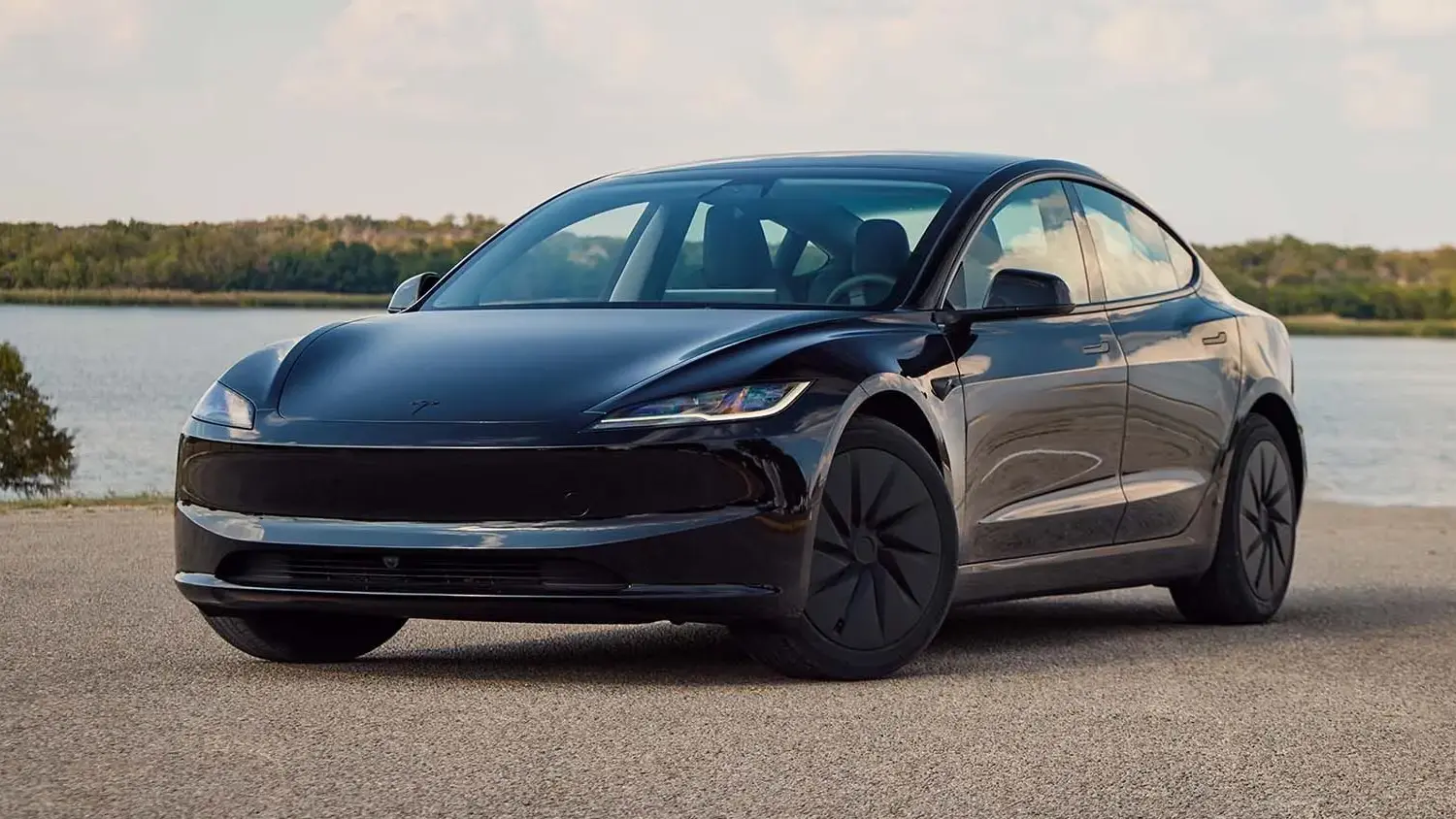
Tesla’s Strategy: Less is More (and More Affordable)
Tesla’s decision to introduce the Standard versions of the Model 3 and Model Y for the 2026 model year reflects a clear strategy: to broaden access to its electric vehicles without compromising the brand’s essence. The company made “small cuts for big savings,” adjusting range, power, and the list of features to shave thousands of dollars off the final price of each model. This move can be seen as a response to growing competition in the EV segment, especially from manufacturers seeking to offer more affordable alternatives, as we can observe in the rise of other brands in the global market. Learn more about BYD and its impact.
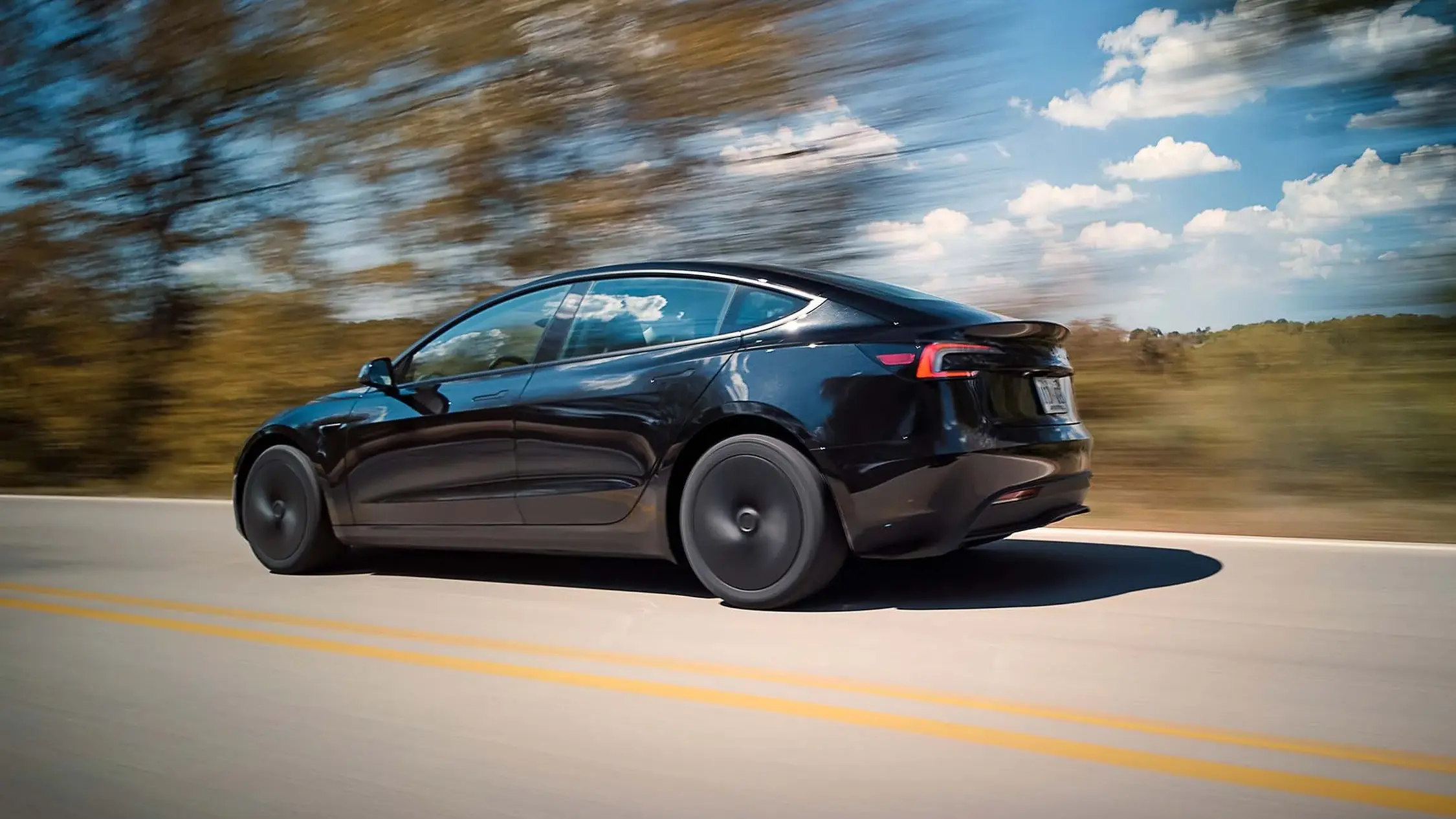
As the cost of living increases, the idea of a high-quality, more affordable electric car is undeniably appealing. Tesla, which already leads the electric vehicle revolution, seeks to captivate an even larger share of consumers with these new versions, proving that electric mobility can be a reality for a broader audience.
Version Reorganization: Standard, Premium, and Performance
With the arrival of the Standard variants, Tesla also took the opportunity to revamp its version nomenclature. Now, the models previously known as “Long Range” are renamed “Premium,” while the “Performance” version maintains its place at the top of the line. This simplification helps clarify that the Standard versions are the new entry point, making the choice more intuitive for consumers. It is a way to organize the offering, highlighting that the company is focused on innovating not only with expensive models but also on making technology accessible.
Tesla Model Y Standard 2026: Details on Cuts and Gains
The Model Y, one of the most popular SUVs on the market, receives the most visible changes in its transition to the Standard version. The goal is clear: cut costs without sacrificing the fundamental Tesla experience.
Exterior Design: A New Simple Identity
On the exterior, the Standard Model Y says goodbye to the light bars that stretched between the headlights and taillights. In their place, the front adopts a new look where all lighting elements are integrated into a pair of more discreet and elegant “eyes.” The wheels have also been redesigned: 18 inches come standard, with 19-inch options. Smaller wheels not only reduce cost but also increase the tire profile, which can result in a smoother and more comfortable ride – an unexpected gain.
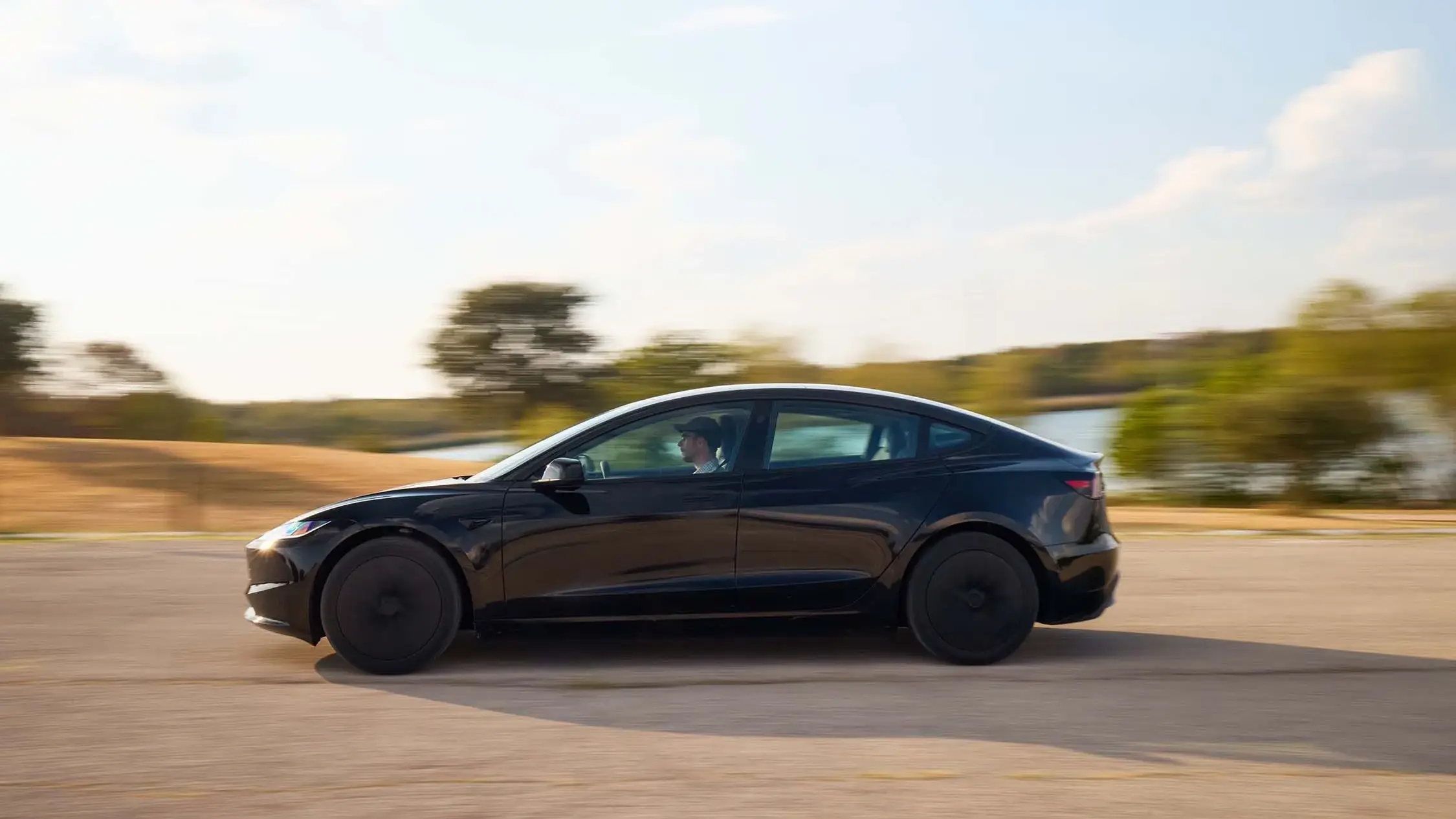
Body color options have been limited to white, black, or gray, with gray being the only free option. This simplification of the color palette also contributes to reducing production costs.
Interior: Focus on Functionality and Savings
It is in the interior that the Standard Model Y shows most of its “de-contenting.” The seats now combine vegan leather with textile inserts, a change that maintains comfort while saving costs. The center console gains a large open compartment, inspired by the Cybertruck design, promoting functionality. The steering wheel is manually adjustable, and the turn signal stalk remains, contrasting with the more expensive versions that integrate these functions into the steering wheel.
In terms of convenience, the front seats lose ventilation, and the rear seats lose heating. The eight-inch rear screen has also been removed in favor of manual air vents. However, the iconic 15.4-inch front screen, which serves as both infotainment and instrument panel, remains present.
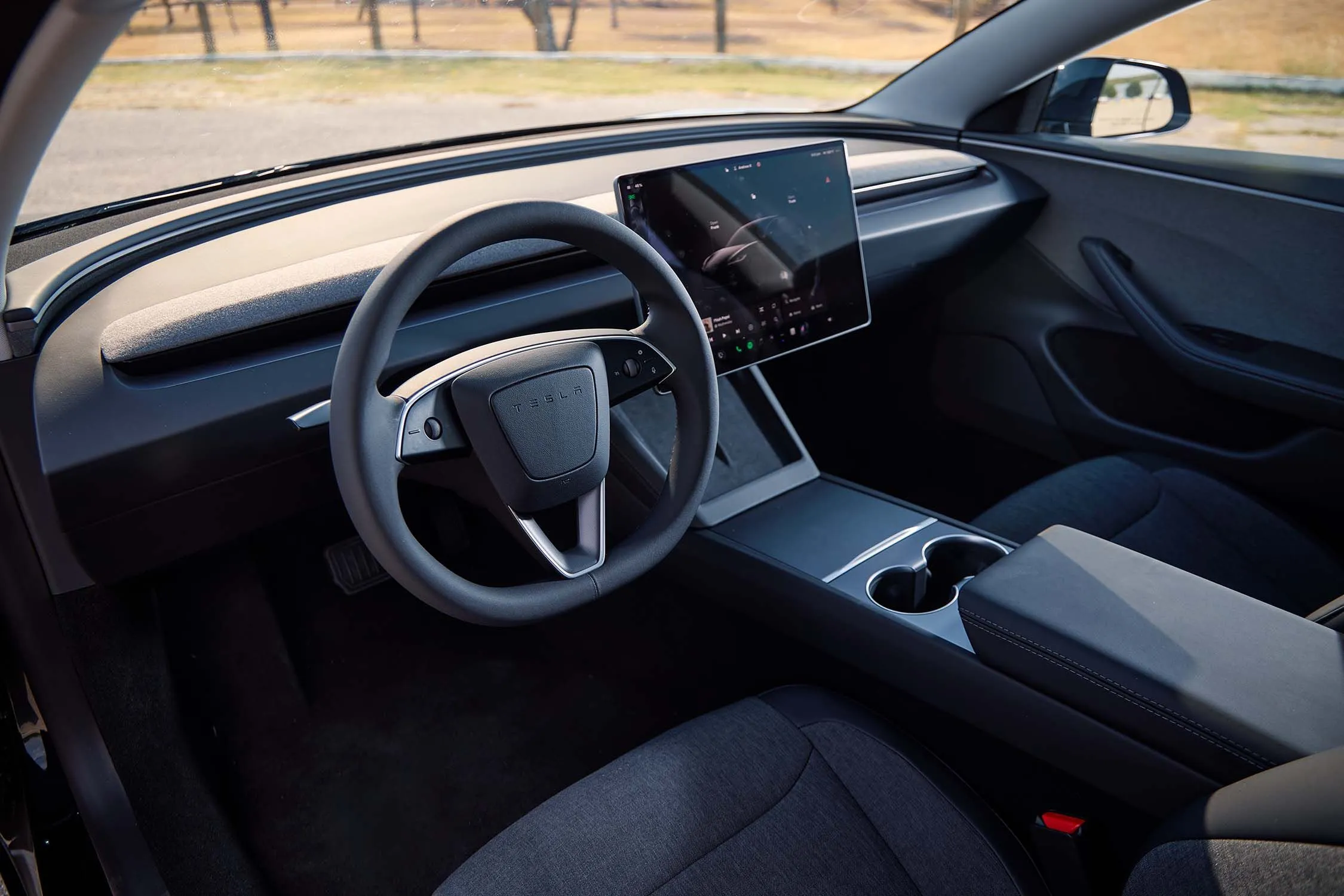
The most curious change, however, is the glass roof. In the Standard Model Y, the panoramic roof remains externally present, but the interior gains a full liner and sound-absorbing material, sealing occupants off from the glass above. Tesla claims this is more cost-efficient than designing and installing a fixed metallic roof.
Performance and Battery: Balance and Efficiency
The Standard Model Y is equipped with a single electric motor on the rear axle, delivering 300 horsepower. Although it is less powerful than the Premium RWD version, the performance is still solid, with an estimated 0 to 100 km/h (0-62 mph) in 6.8 seconds. This is decent performance for daily use, showing that the cuts are more about optimization than disqualification.
The battery also saw an approximate 10% reduction in its capacity, resulting in 69.5 kWh of usable capacity. Even so, the range estimates remain quite good: 321 miles (about 516 km) with the 18-inch wheels and 303 miles (about 487 km) with the optional 19-inch wheels. For many drivers, this range is more than sufficient for daily needs. Understand the real need for range in electric cars. Supercharging capacity was slightly reduced to 225 kilowatts, compared to 250 kilowatts in the other Model Y versions. For a more in-depth analysis of the Model Y specifications, check the technical specifications of the Model Y 2025 (Juniper).
Tesla Model 3 Standard 2026: More Subtle Changes, Similar Impact
The Standard Model 3 receives gentler treatment in terms of external modifications, retaining much of its iconic appearance.
Exterior and Interior: Elegance Maintained, Strategic Simplifications
Unlike the Model Y, the Model 3 never had the light bars crossing the bodywork, so there was nothing to remove. Therefore, the Standard Model 3 does not differ much from the newly renamed Premium line, except for a new front camera, which will eventually be integrated into the other Model 3 versions. Eighteen-inch wheels are standard, with 19-inch optional wheels, and the paint color options are the same as the Standard Model Y: white, black, or gray (gray being the only free option).
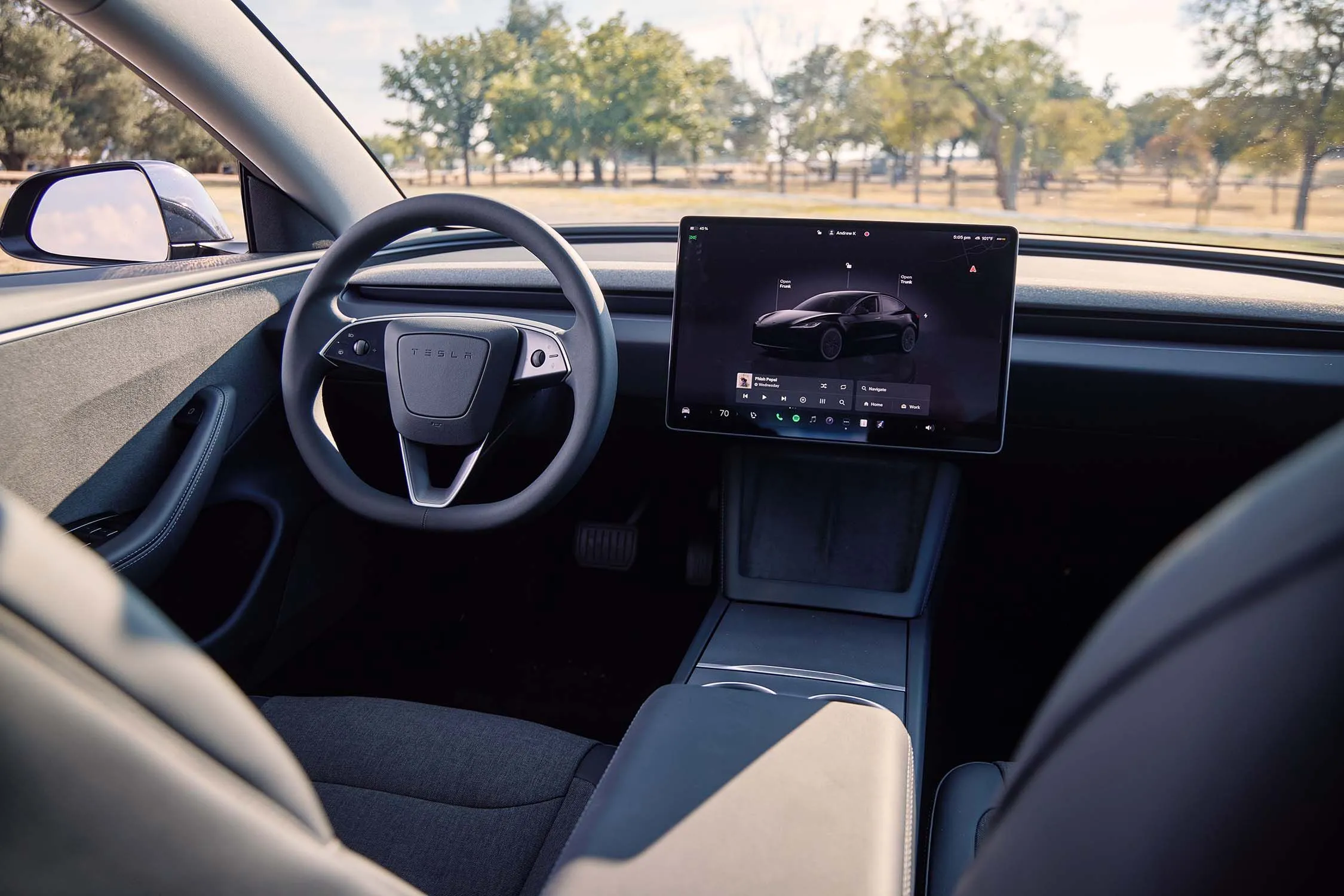
The internal changes are similar but with fewer “cuts.” Textile seats and the absence of the rear screen are present, as are the manual steering wheel adjustment and the turn signal stalk. However, the Model 3 maintains visual access to the panoramic glass roof, without the interior liner seen in the Standard Model Y. For more information about the Model 3 and its specifications, see the technical specifications of the Tesla Model 3 2025.
Power and Range: The Enigma of Tesla Physics
The battery of the Standard Model 3 shares the same changes as the Model Y, with a usable capacity of 69.5 kWh. Curiously, the range estimates are exactly the same as the Standard Model Y: 321 miles (about 516 km) with 18-inch wheels and 303 miles (about 487 km) with 19-inch wheels. Supercharging is also limited to 225 kilowatts.
Regarding power, there is a minor controversy. Tesla indicates that the rear electric motor of the Standard Model 3 produces 286 horsepower. However, the company had previously stated that the Long Range RWD model also had 286 horsepower. Considering that the Standard model is lighter, it would be logical to expect it to be faster. Nevertheless, Tesla states that the Standard RWD is slower (0 to 100 km/h in 5.8 seconds) compared to the Premium RWD (4.9 seconds). This discrepancy in numbers is still awaiting official clarification from Tesla.
Pricing and Availability: Where to Find Your Affordable Tesla
Tesla is known for frequently adjusting its pricing strategy, so it is always recommended to check the company’s official website for the most up-to-date information. However, at the time of this publication, the Standard Model 3 has a starting price of US$ 38,630, representing a saving of US$ 5,500 compared to the Model 3 Premium RWD. The Standard Model Y, in turn, starts at US$ 41,630, making it US$ 5,000 cheaper than the Model Y Premium RWD.
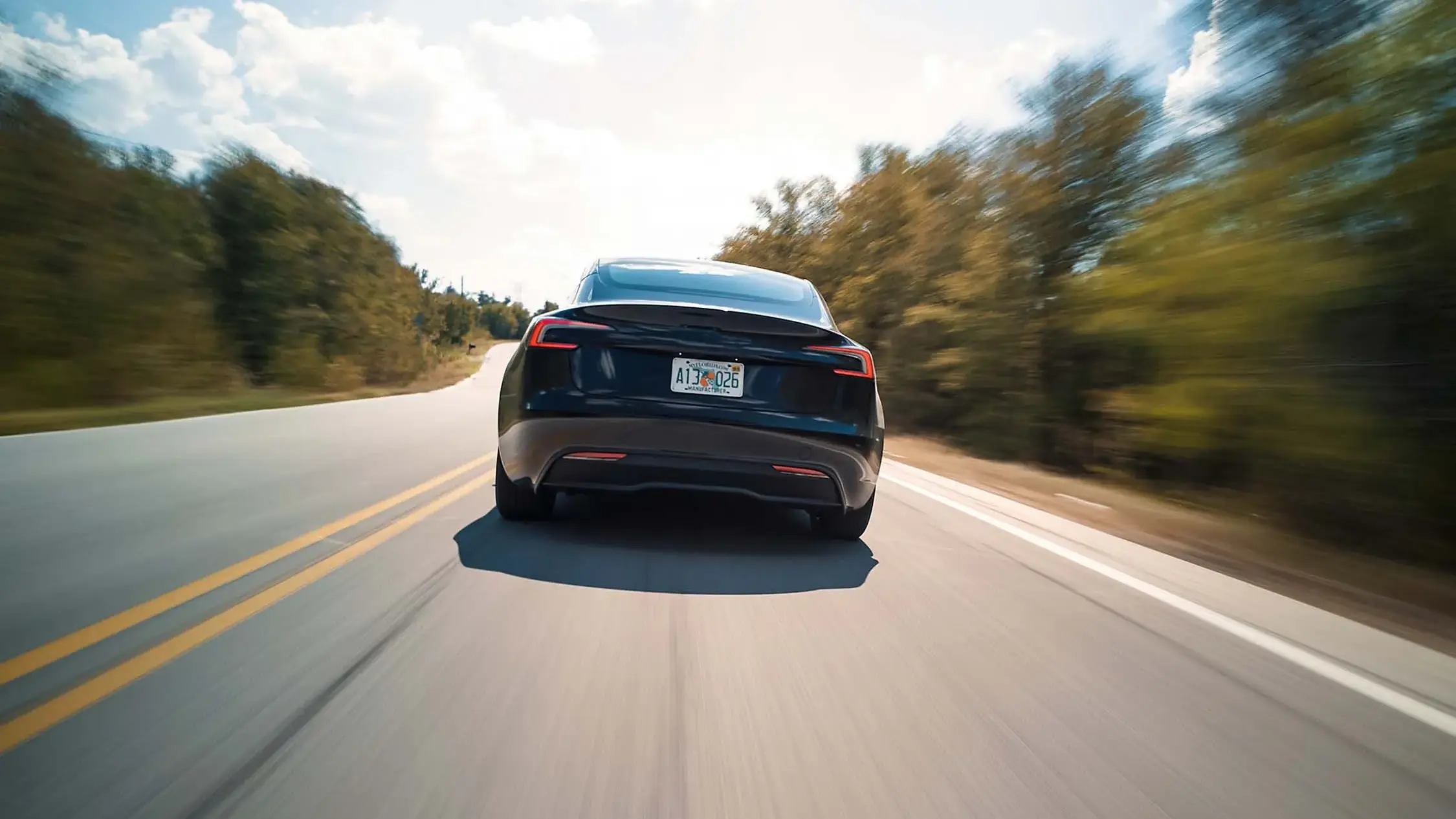
These prices make the Standard models significantly more accessible, positioning Tesla to attract a new group of buyers. With these strategic cuts, the company shows that it is attentive to market demands for more economical electric vehicles, without giving up the innovation and experience that made it a benchmark in the sector. The democratization of electric vehicle technology is a trend, and Tesla remains at the forefront, even if it means making small concessions to achieve great results in terms of price and sales volume, and perhaps even influence future initiatives, such as the expansion of autonomous taxis. Explore the future of Tesla Cybercabs.
The introduction of the Standard variants of the 2026 Tesla Model 3 and Model Y marks an important moment for the brand and for the electric vehicle market as a whole. By optimizing features and reducing costs, Tesla is making high-performance electric mobility more accessible, without compromising the fundamental quality its consumers expect. It is a smart move that positions the company for even greater growth, while offering an attractive option for those who dream of driving a Tesla.



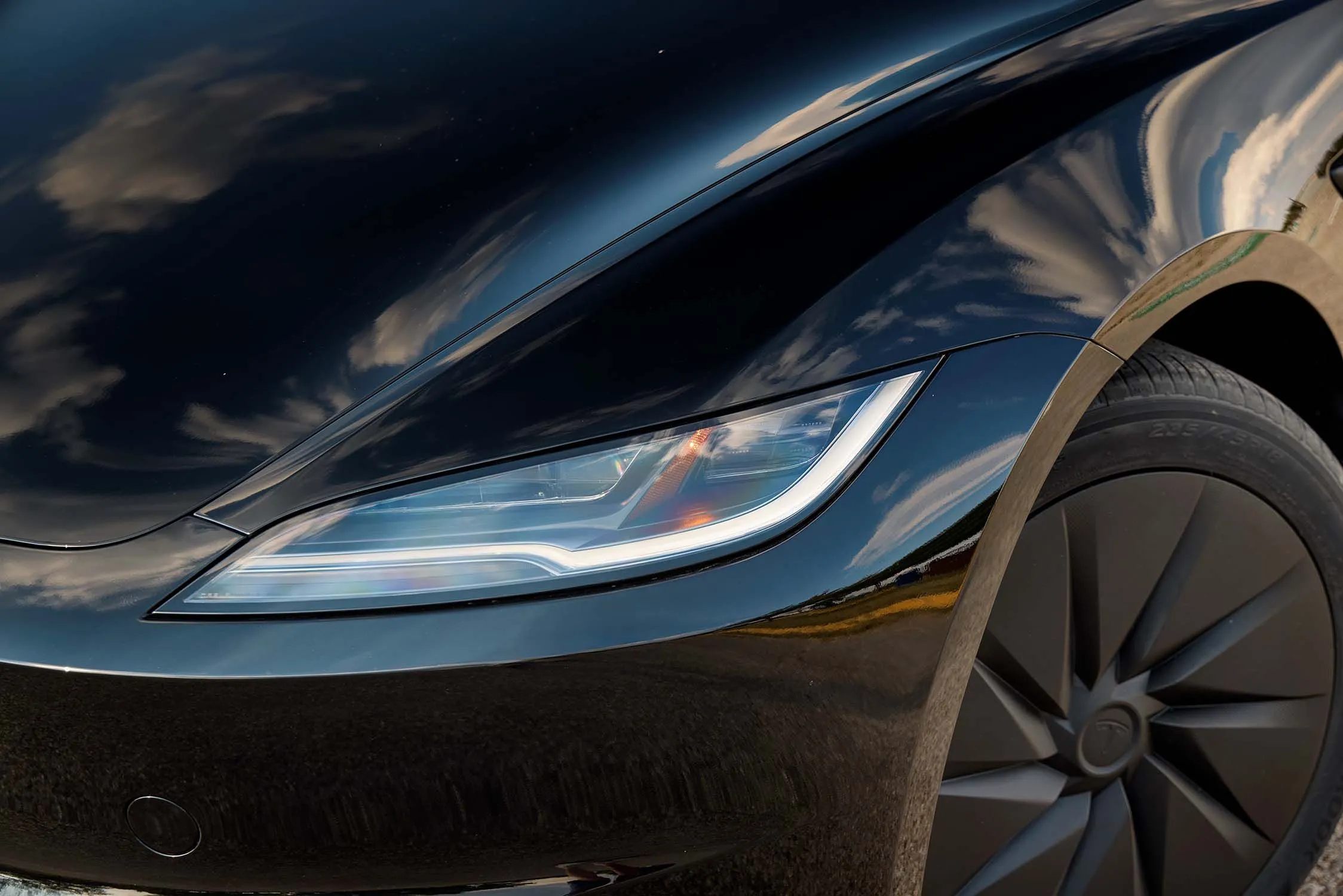
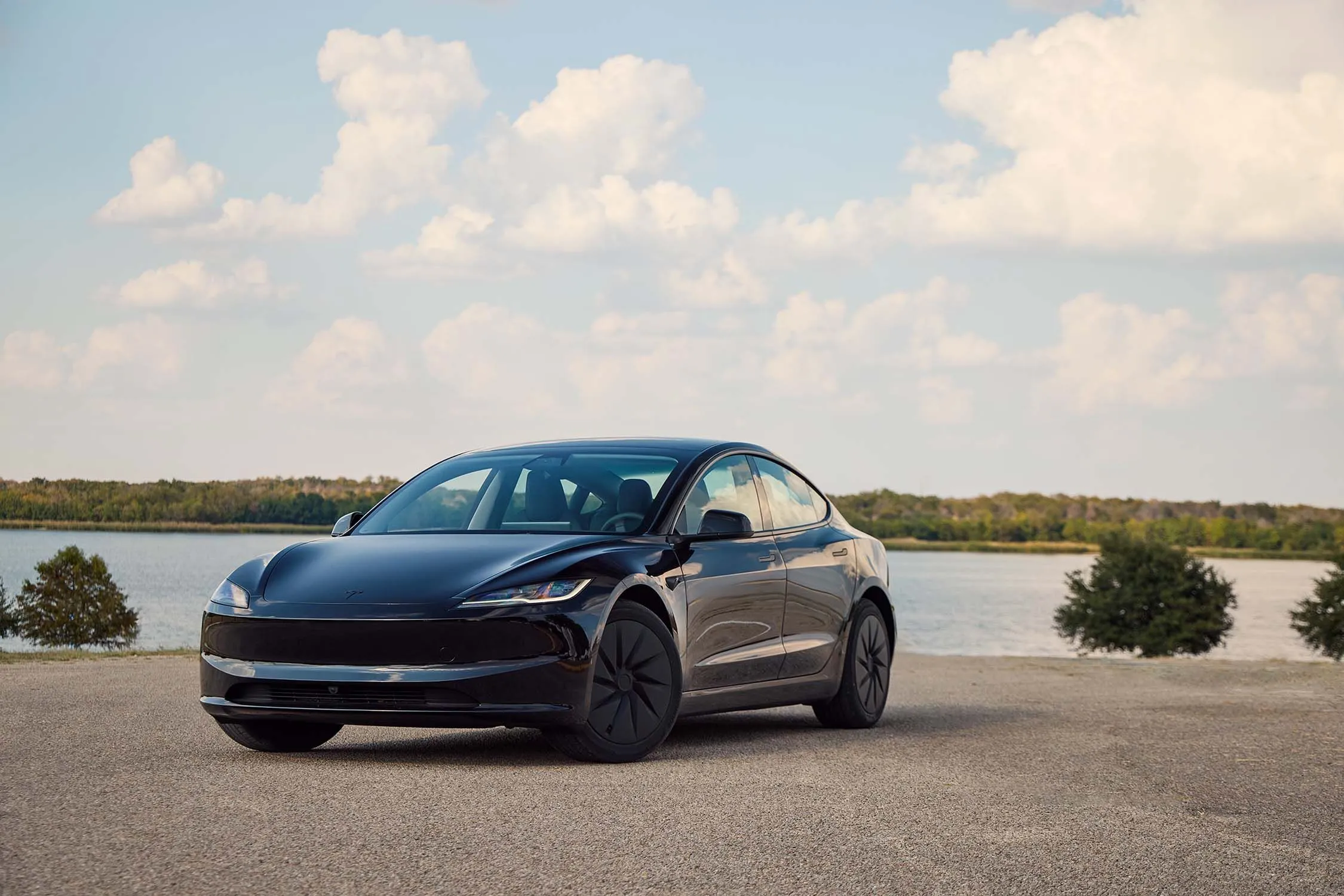
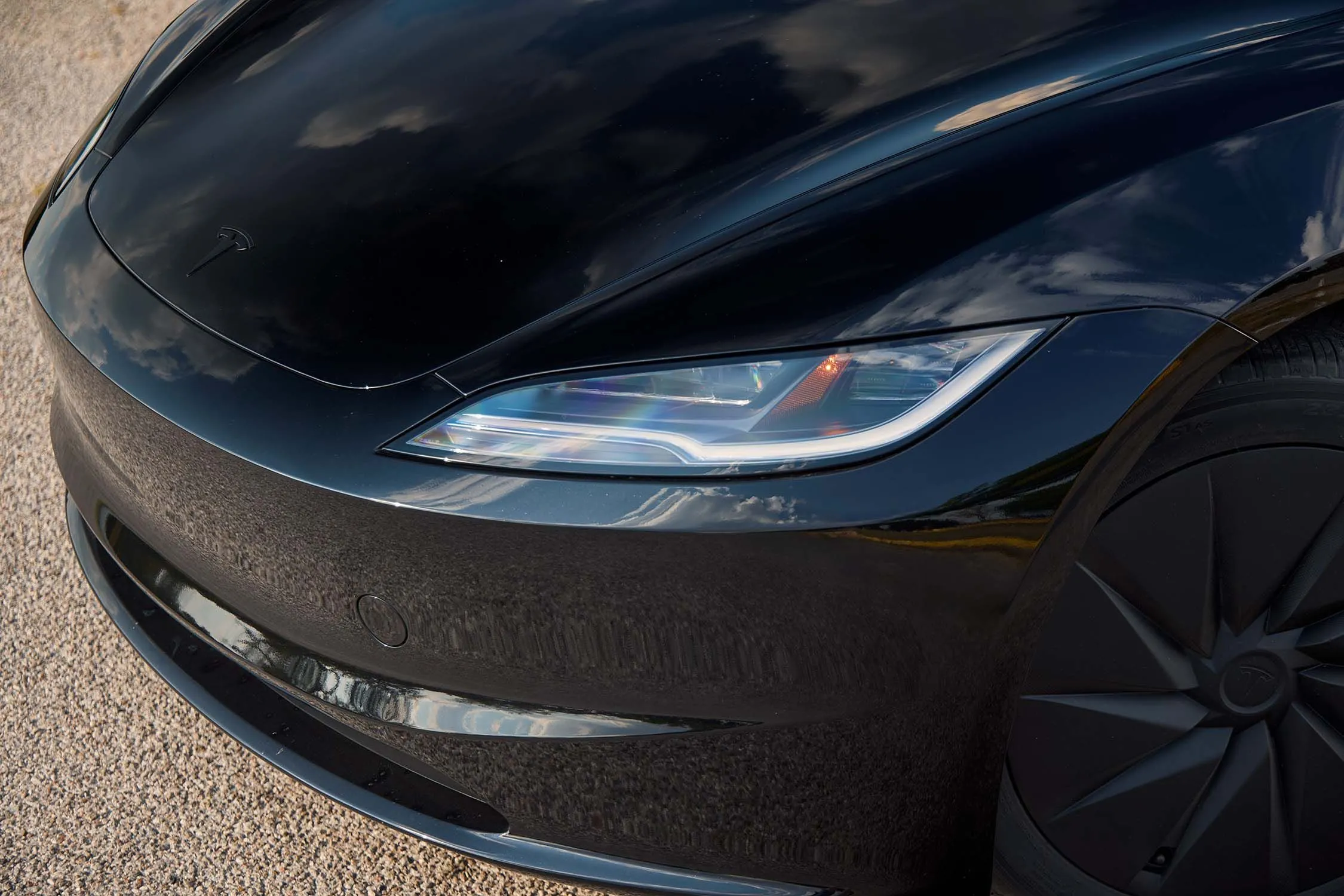
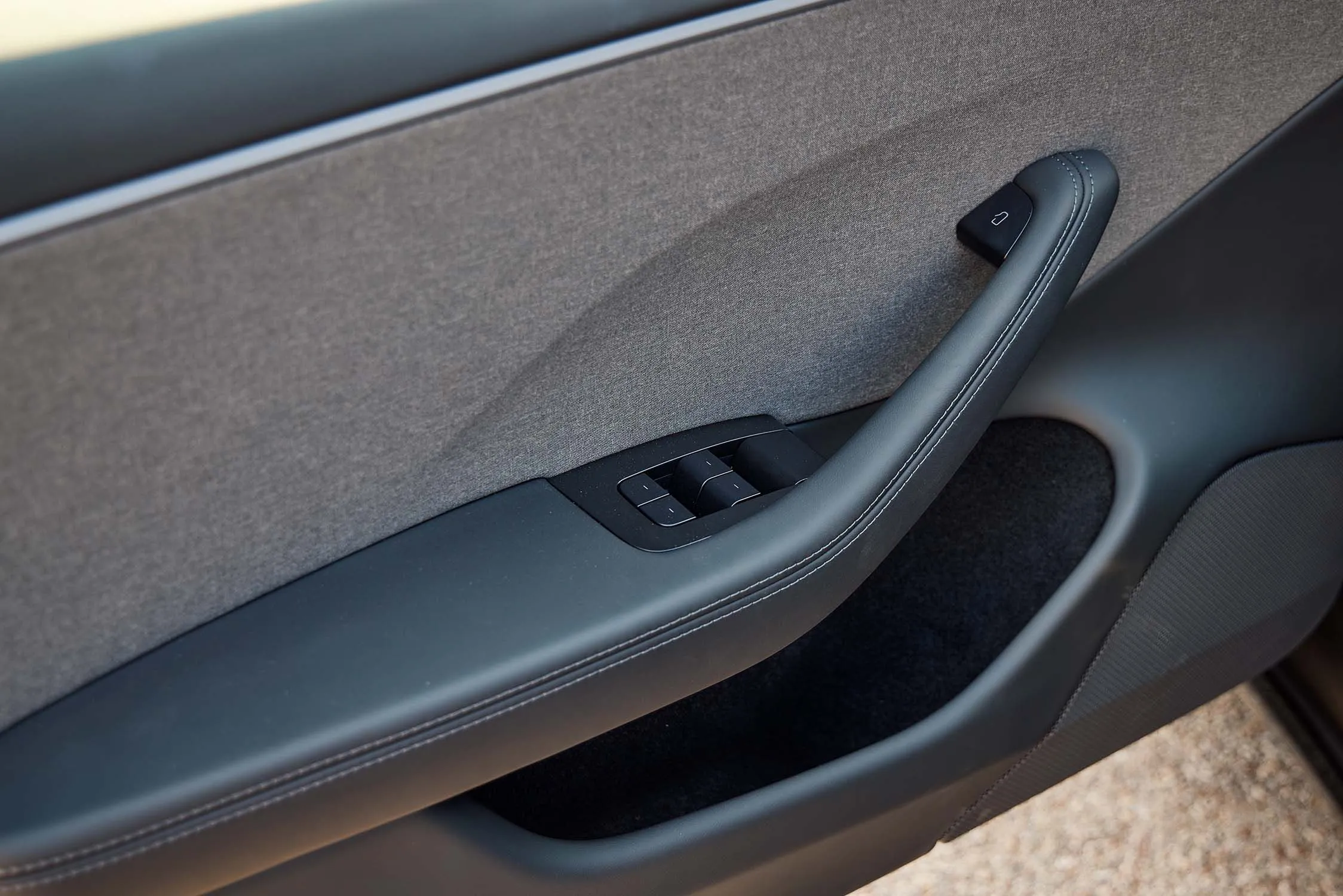
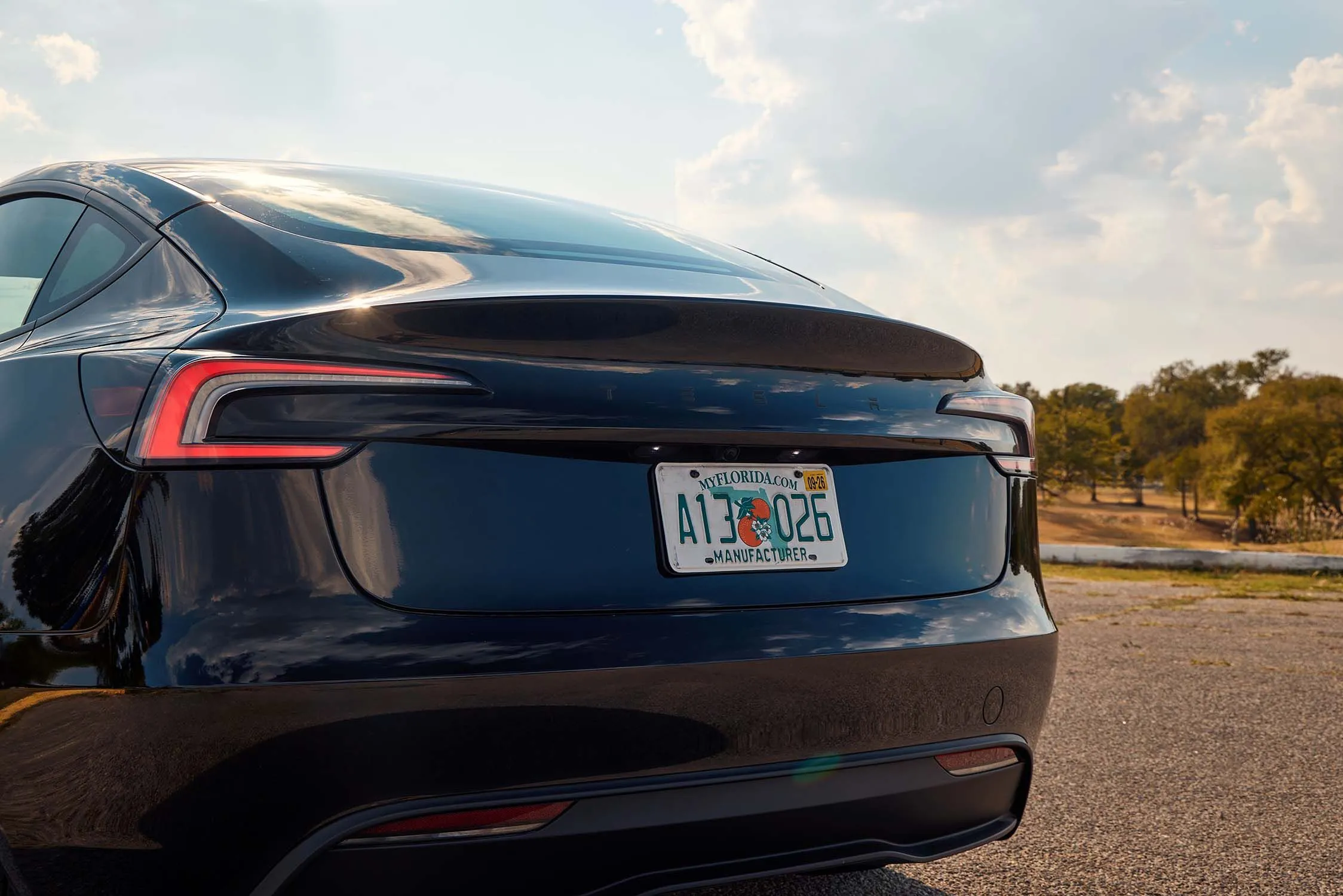
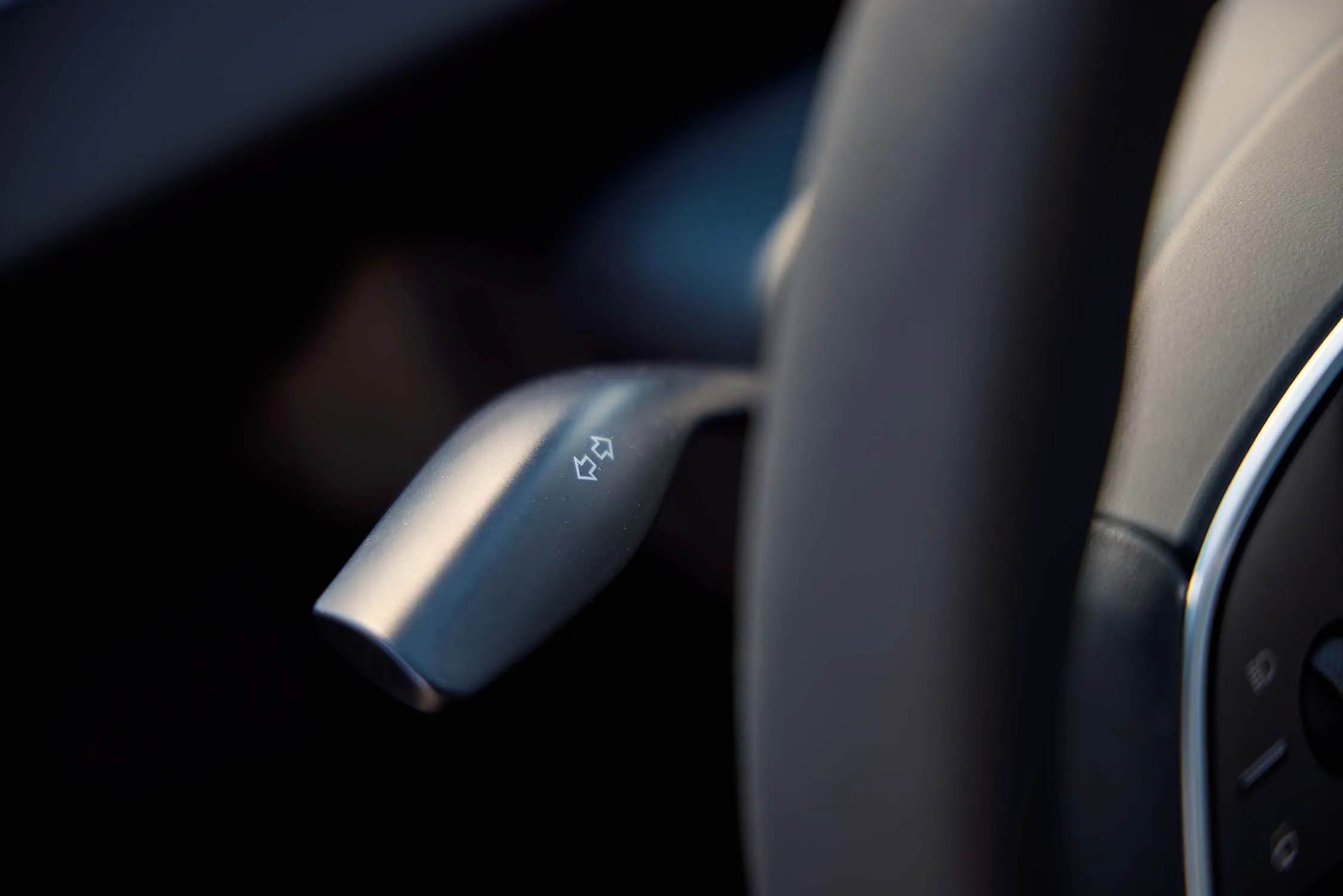
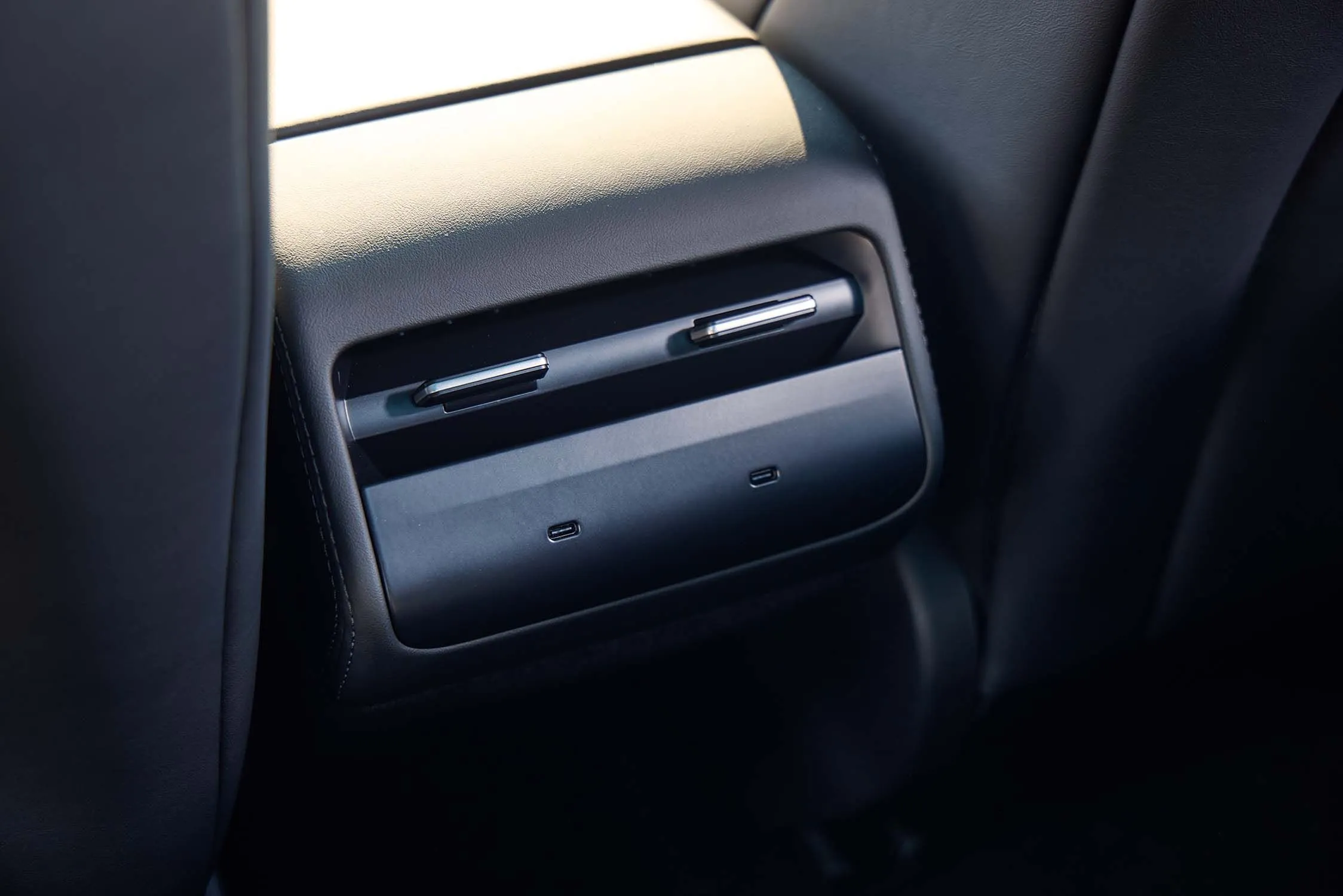


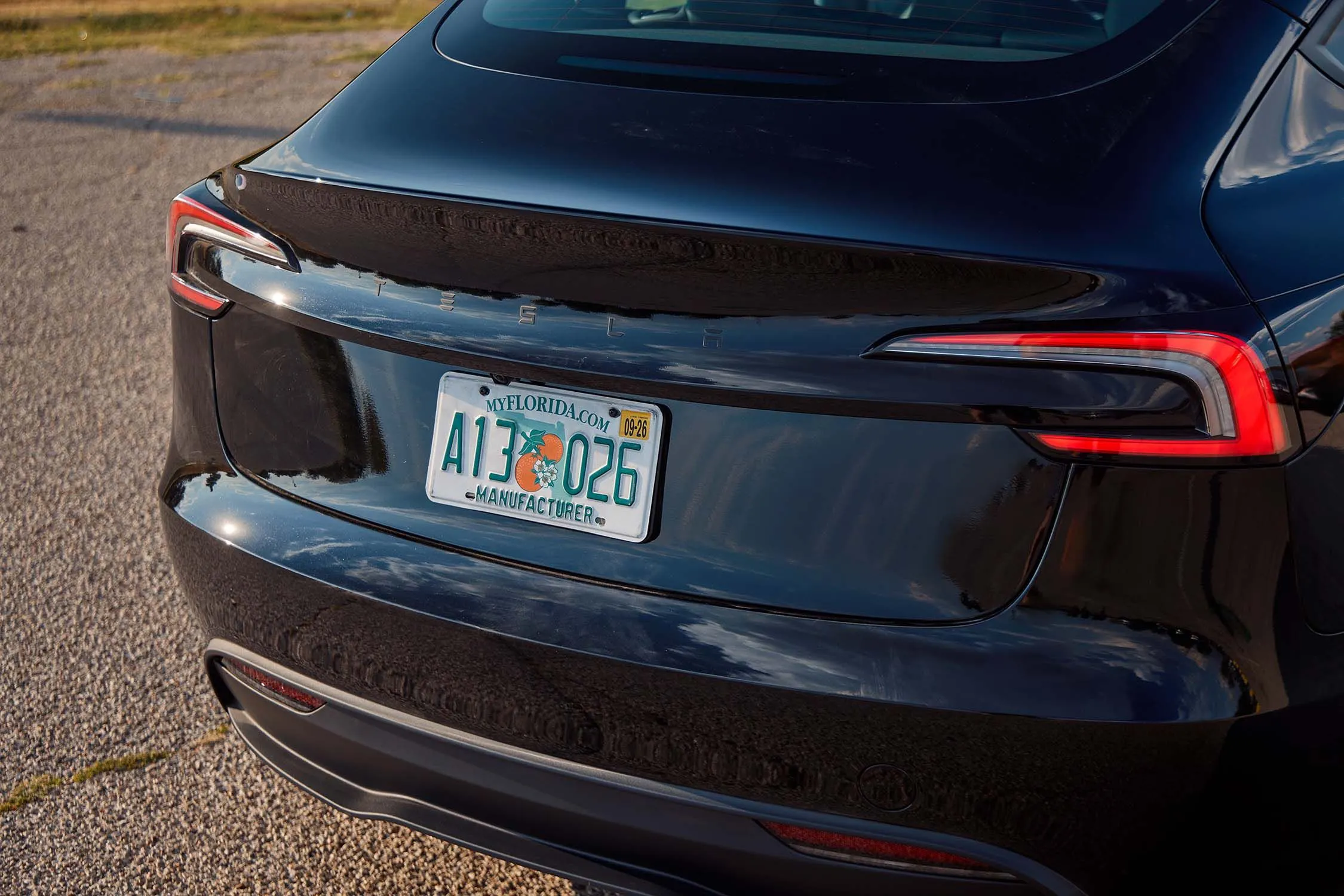
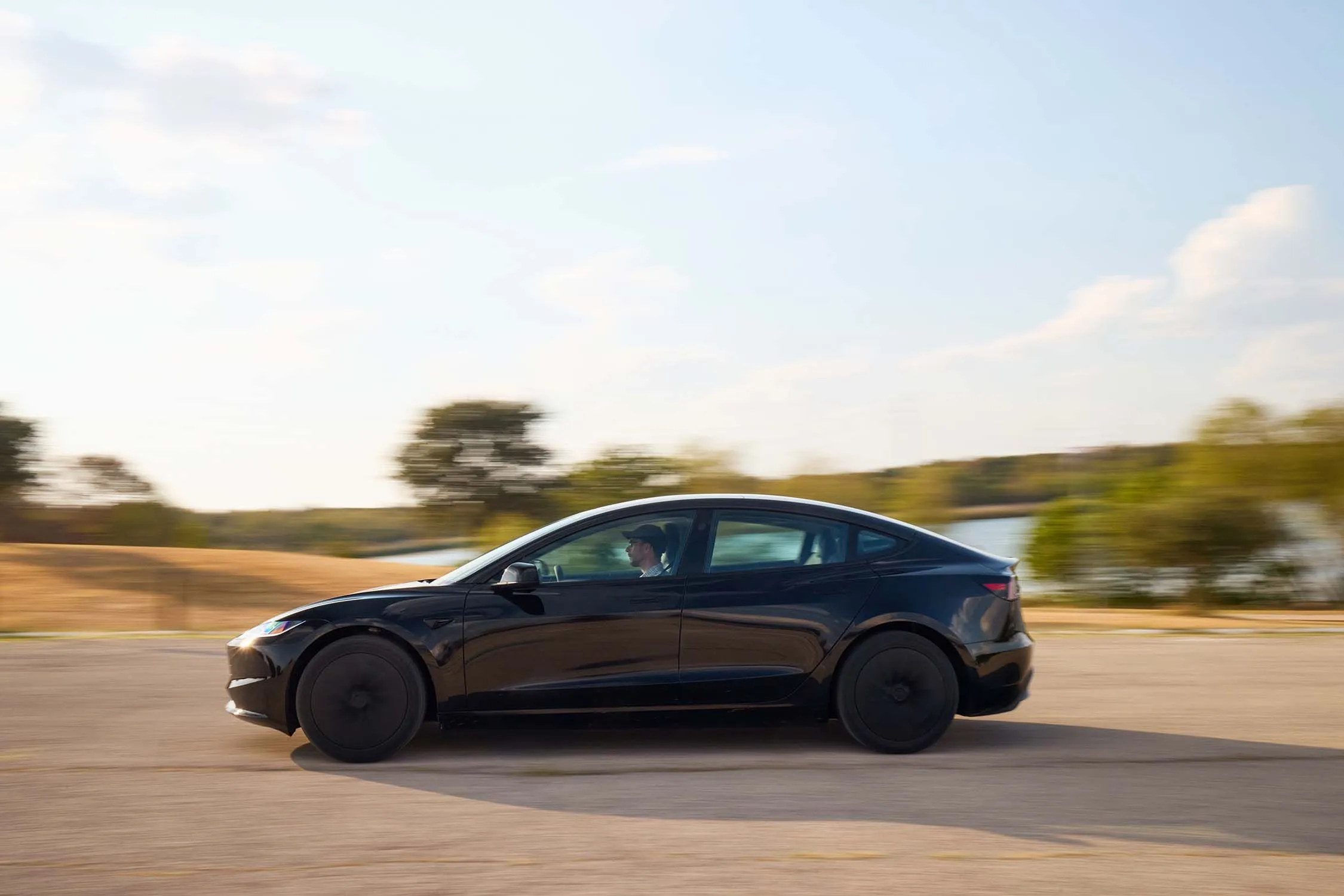
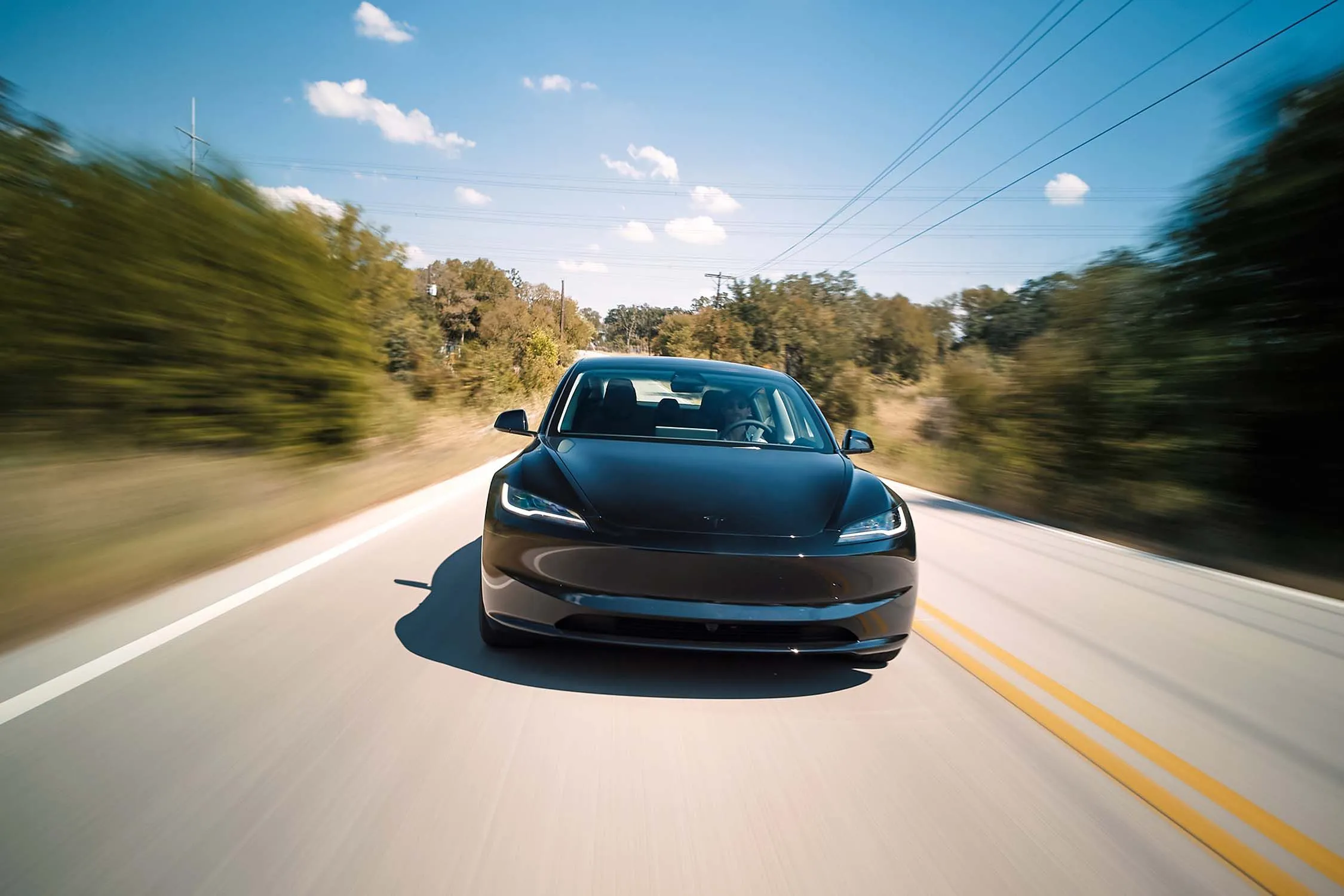
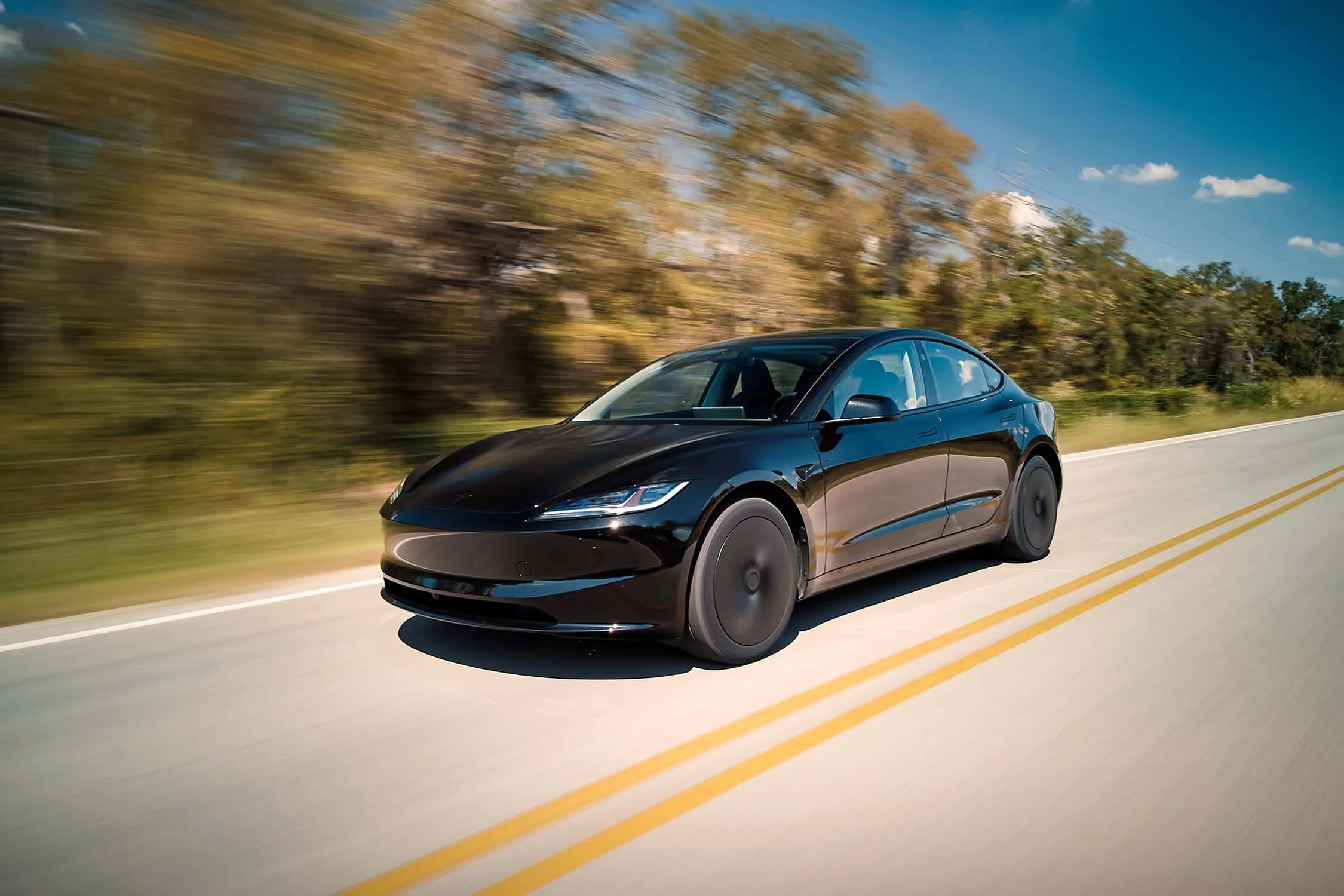
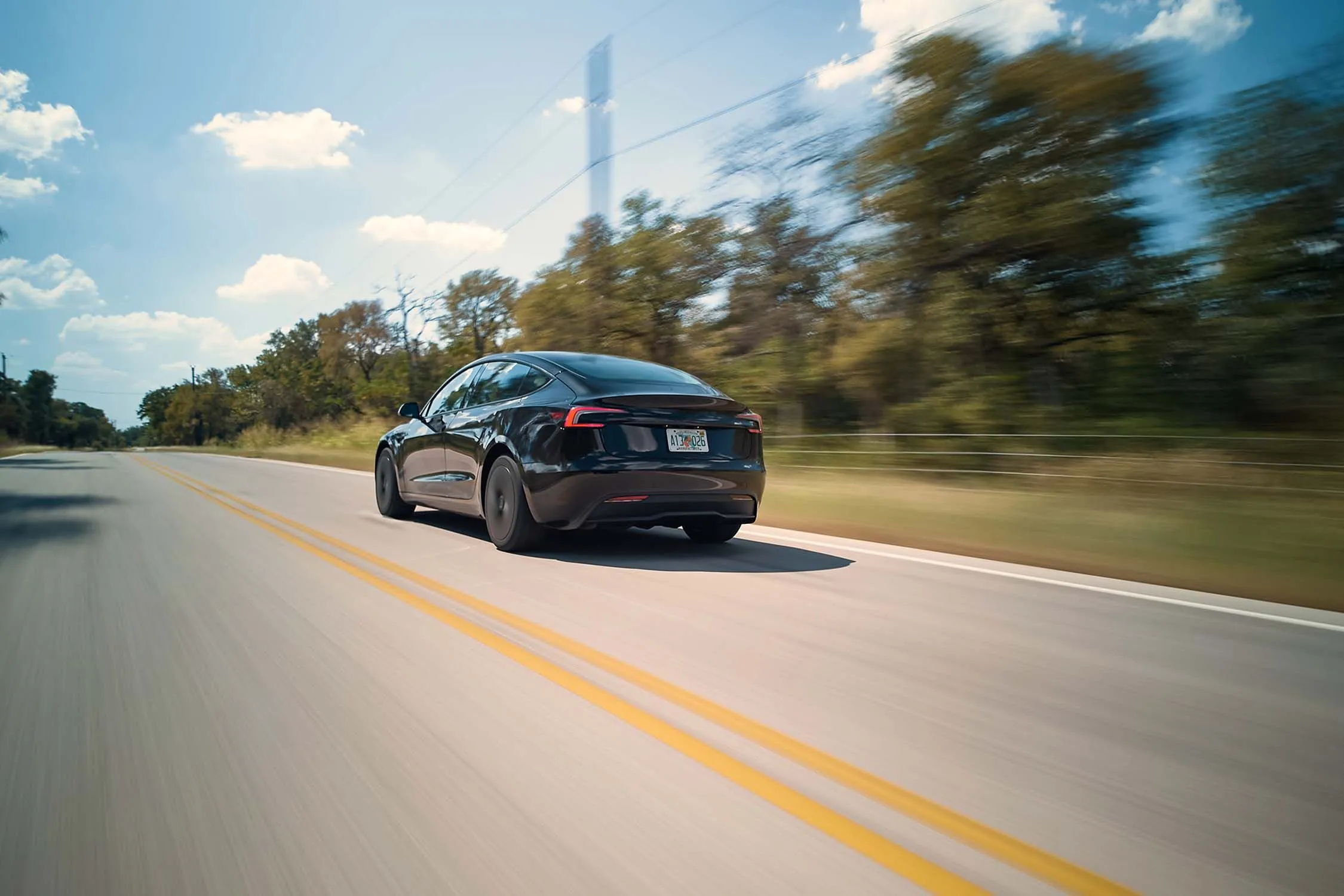
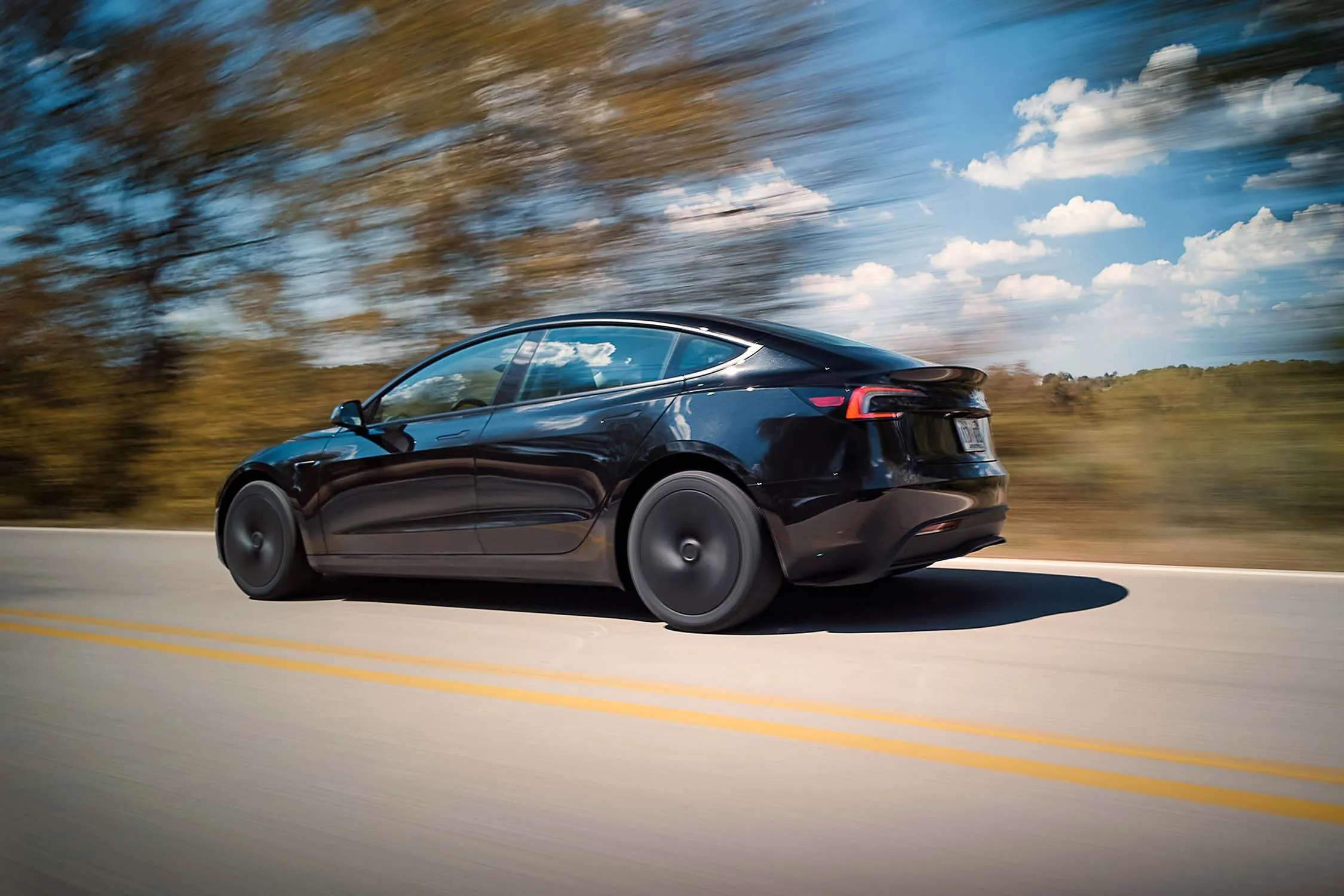
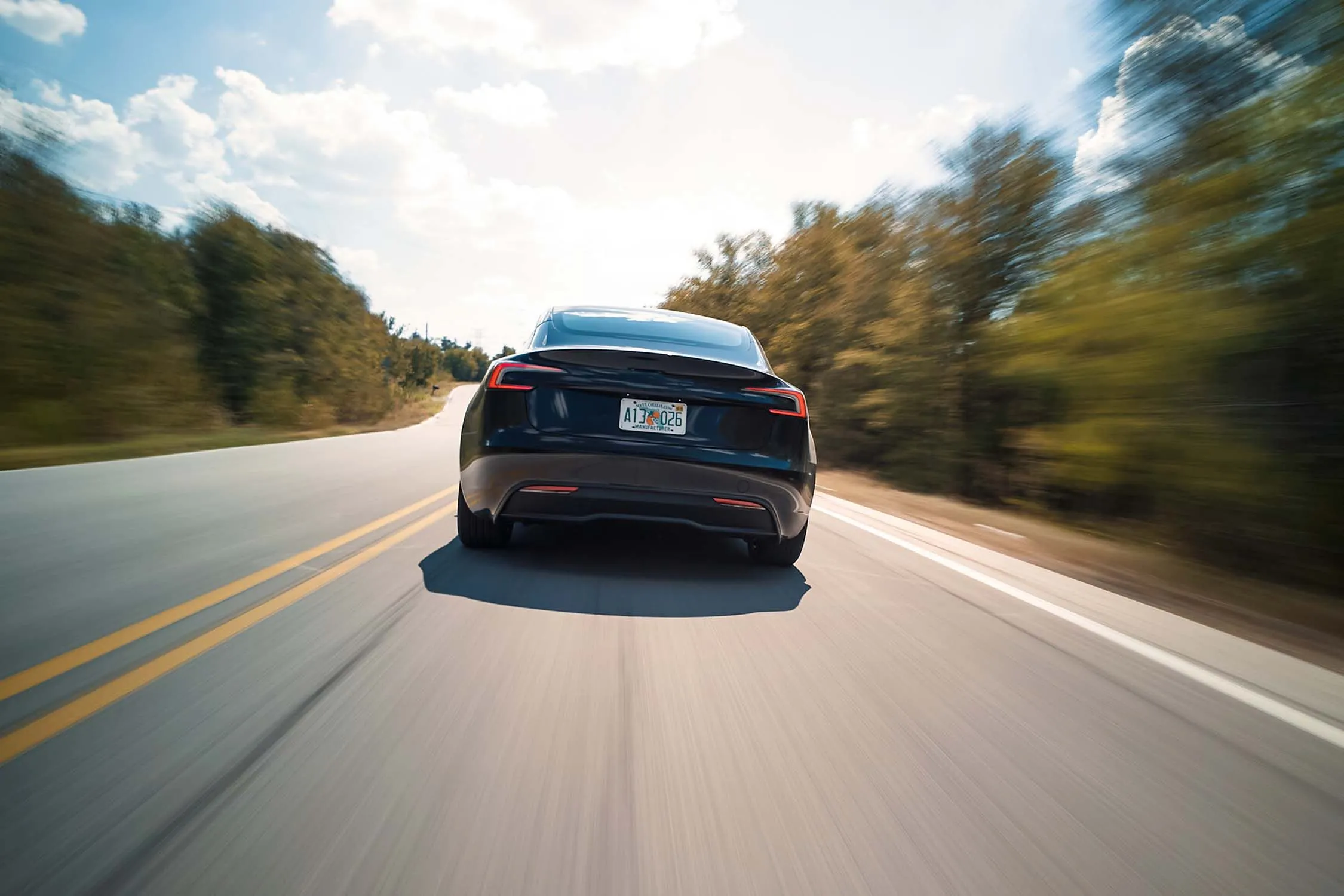
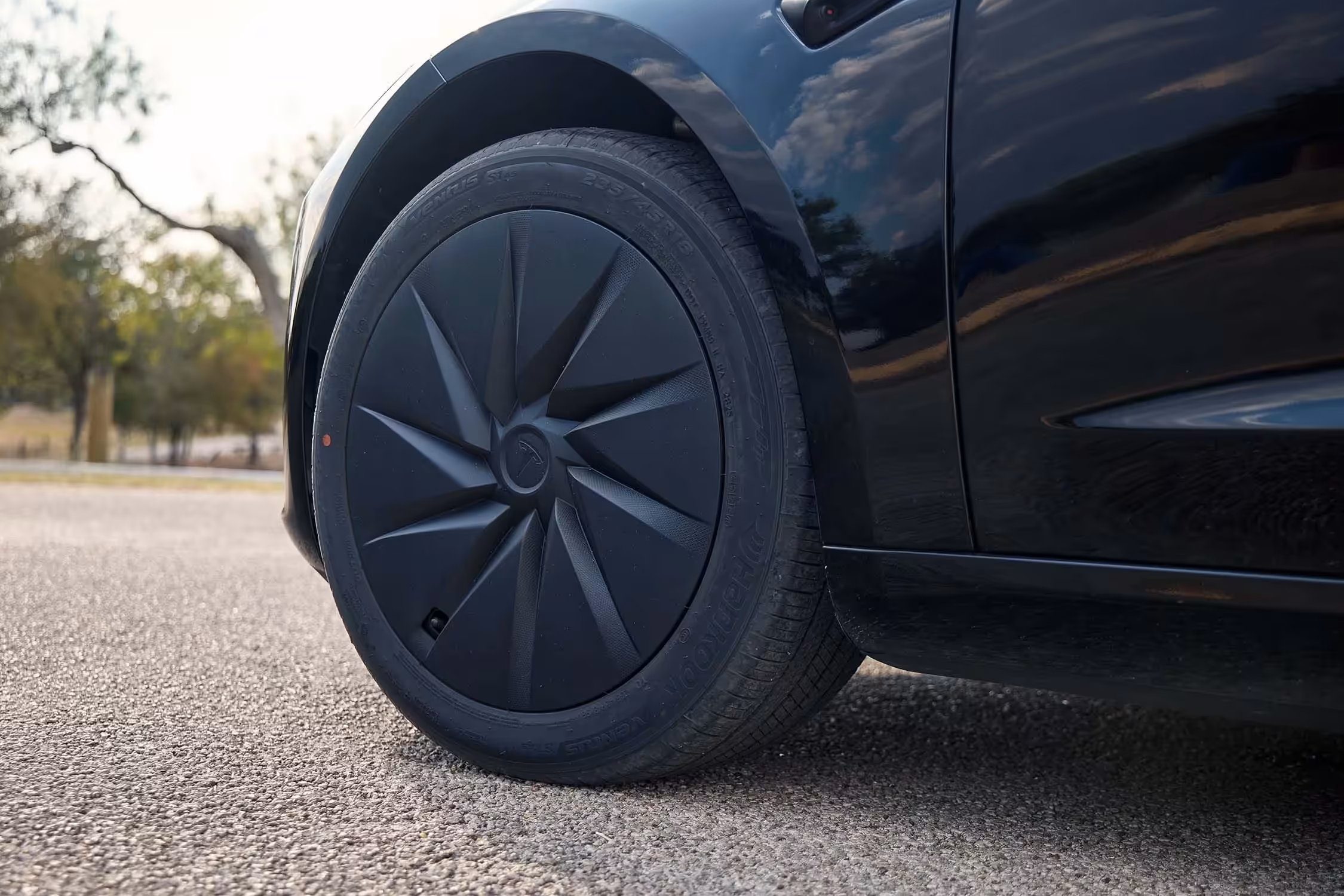
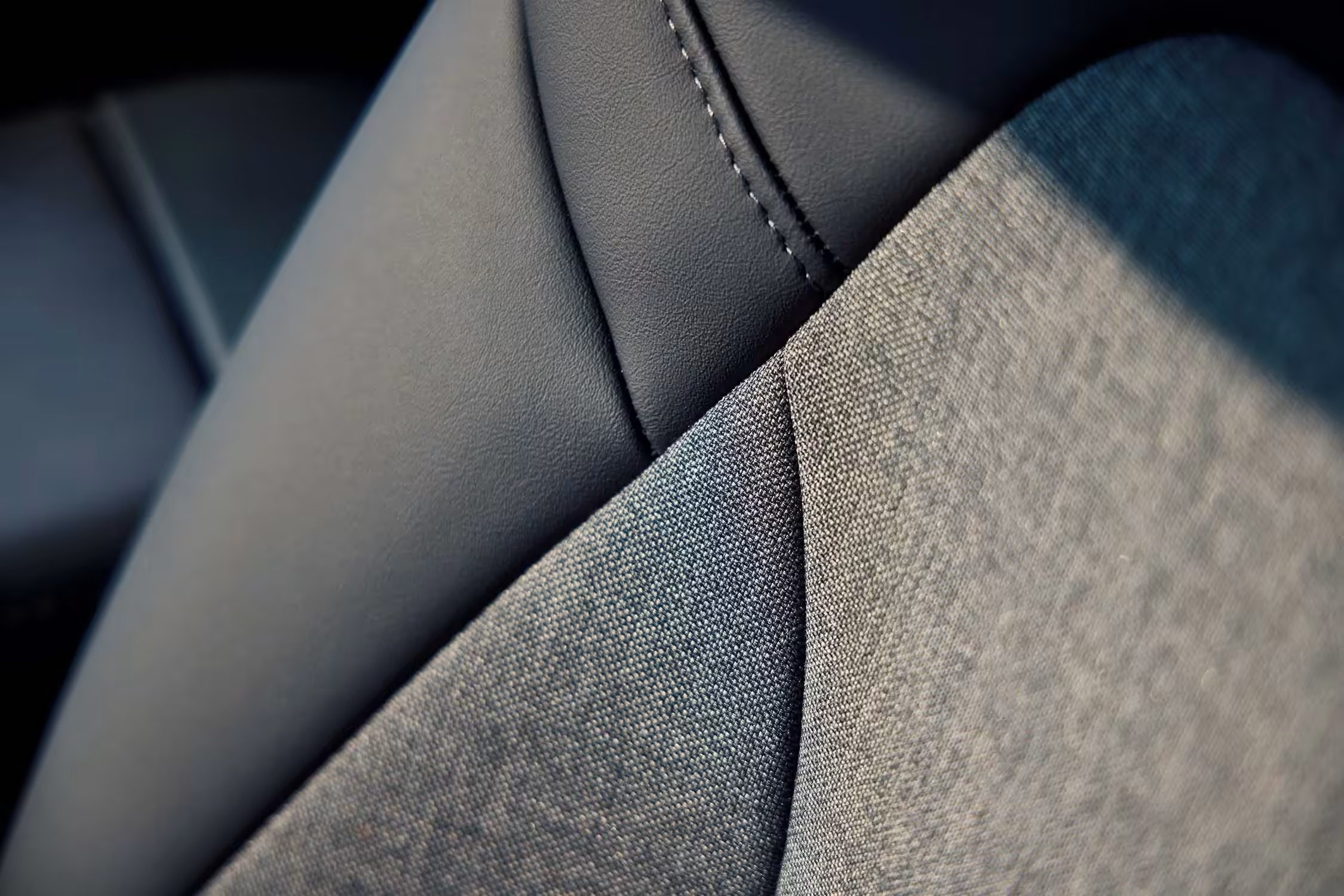
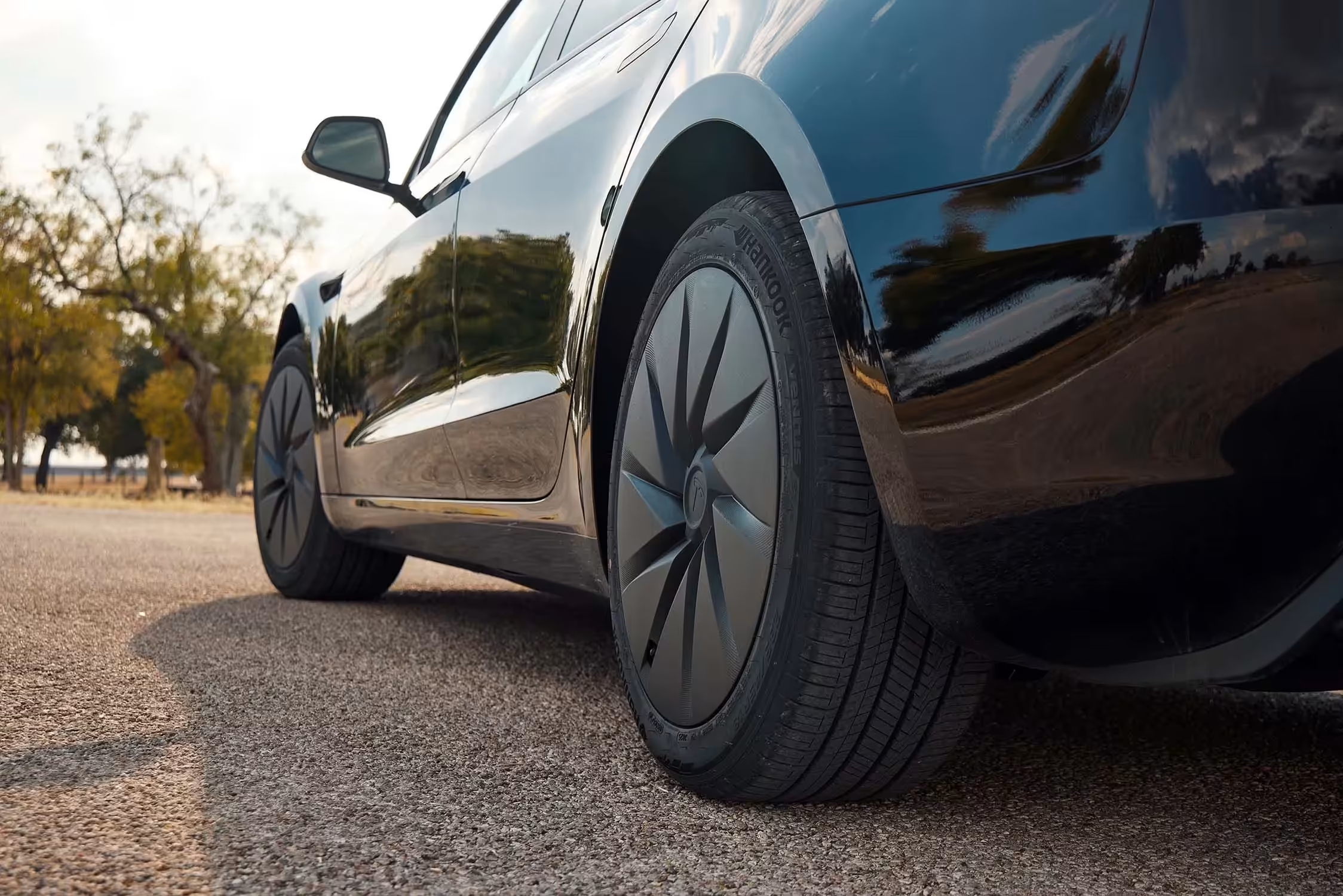
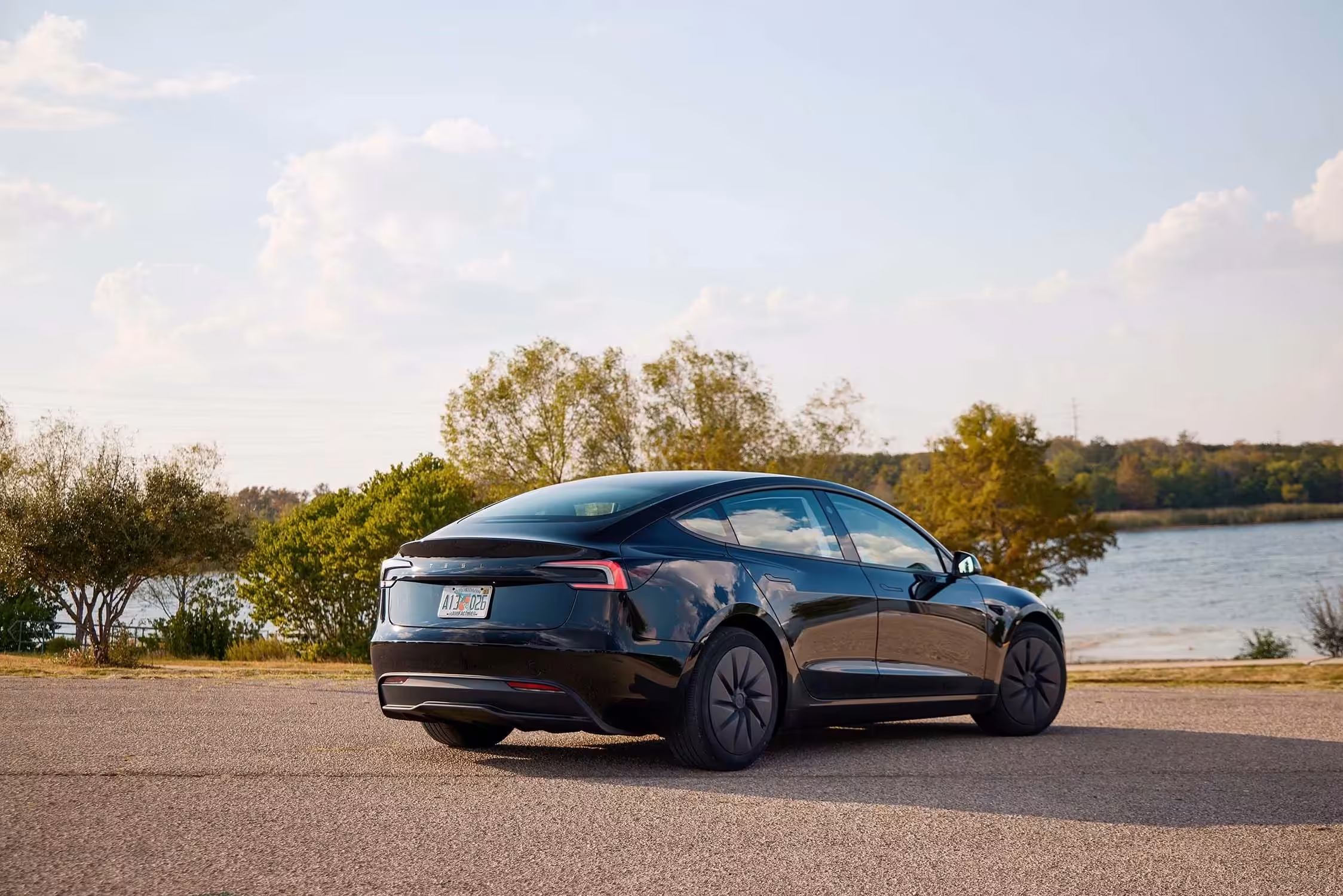

Author: Fabio Isidoro
Founder and editor-in-chief of Canal Carro, he dedicates himself to exploring the automotive universe with depth and passion. A car and technology enthusiast, he produces technical content and in-depth analyses of national and international vehicles, combining quality information with a critical eye for the public.

